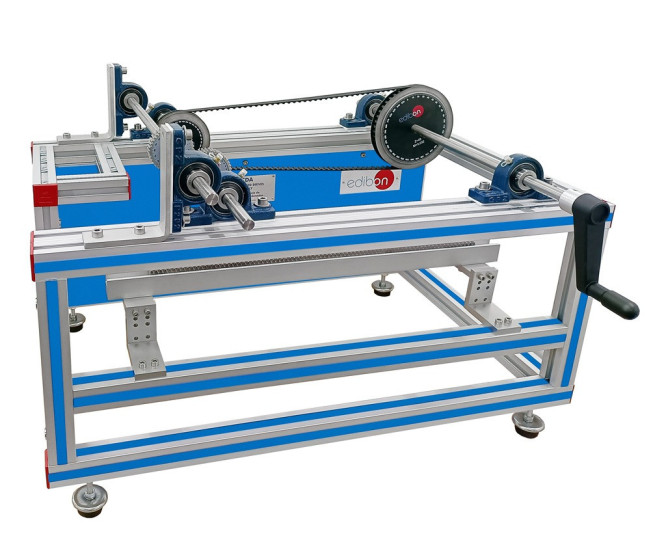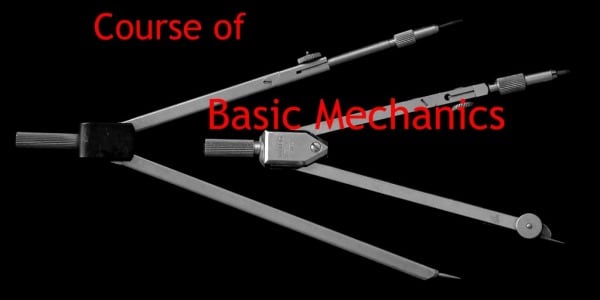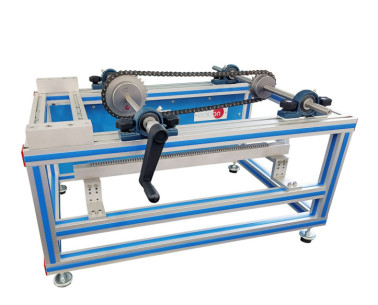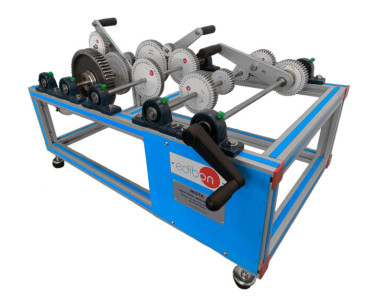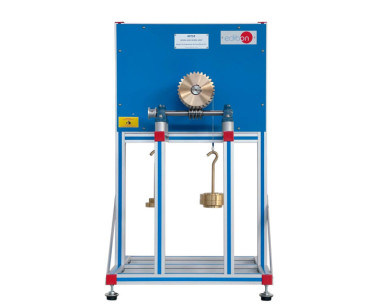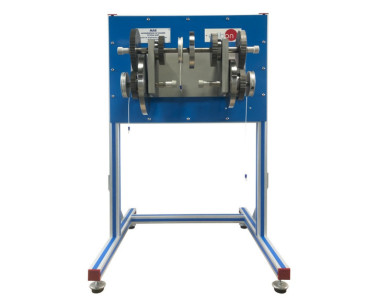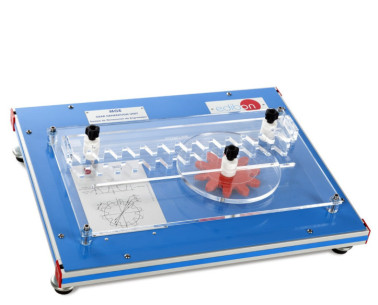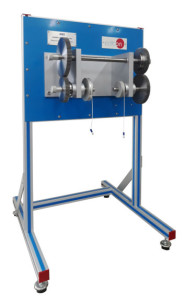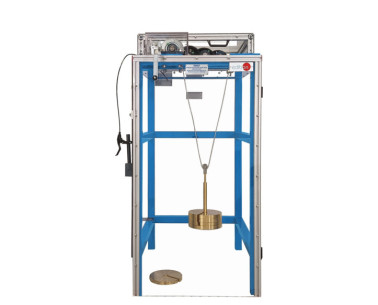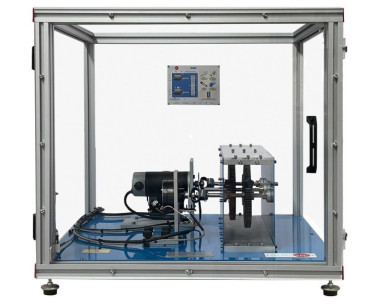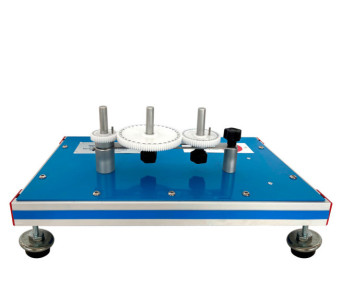L'Unité de Montage de Transmission Combiné, "MCDA", conçue par EDIBON, d'effectuer des exercices avancés et fournit une compréhension des composants et des agencements importants de la technologie d'entraînement mécanique.
Avec cette unité, des pratiques peuvent être réalisées pour assurer l'apprentissage de six formes simples de pulsion dans différentes combinaisons. Grâce à ces six formes simples d'entraînement, différentes configurations peuvent être réalisées en mettant vos propres idées en pratique.
Certaines configurations réalisables sont : un entraînement combiné d'une vis sans fin et d'un engrenage conique, un entraînement combiné d'un engrenage droit et d'une vis sans fin, un entraînement combiné d'un engrenage droit et d'un engrenage conique, un entraînement à double courroie, un double engrenage droit, un engrenage à crémaillère avec entraînement par engrenage droit et entraînement par chaîne, et un entraînement par engrenage droit.
Les étapes à suivre pour assurer un apprentissage approprié sont :
- Approche des tâches et compréhension des diagrammes.
- Assemblage et réglage de pièces, étalonnage et vérification des engrenages.
- Effectuer les calculs pertinents.
L'entraînement de l'unité sera effectué par un volant d'inertie. Un haut niveau de précision sera obtenu dans le réglage des vitesses grâce au cadre en aluminium anodisé.
Une mallette de transport sera fournie pour faciliter le transport et assurer la protection des composants nécessaires au montage et à l'apprentissage.
 Préférences sur les cookies
Préférences sur les cookies

